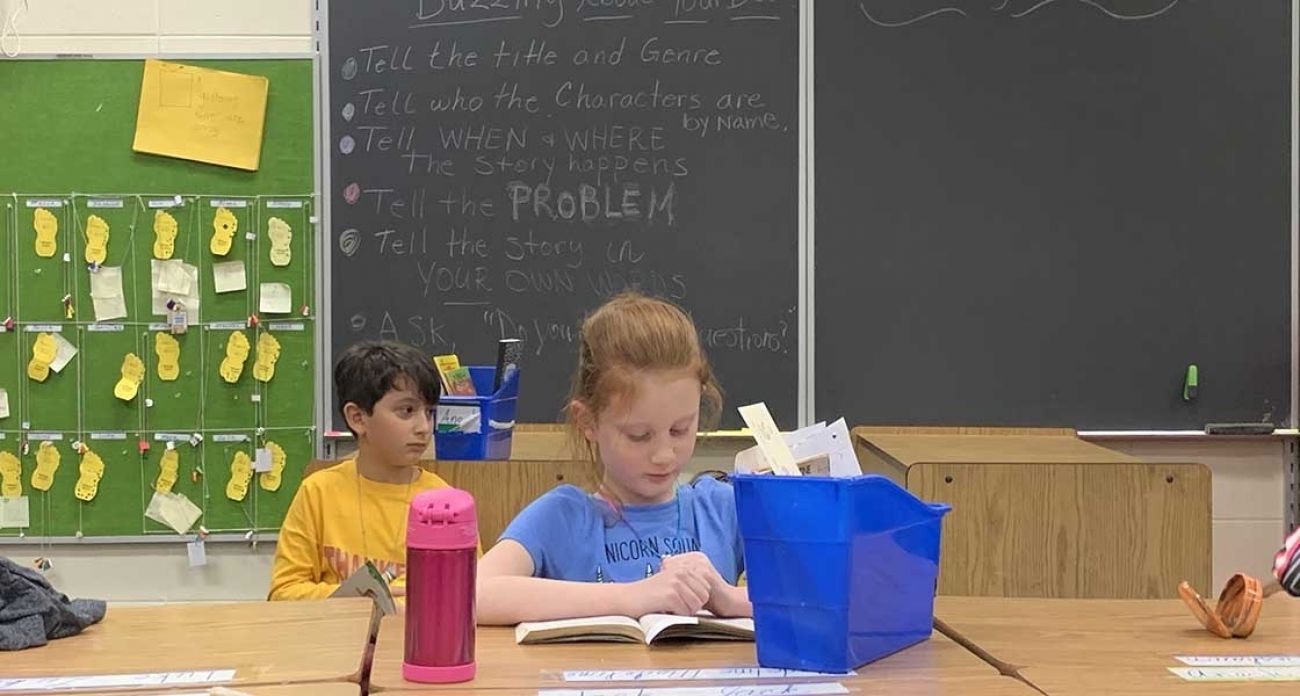Education leaders beg Lansing: Don’t cut funds for poor Michigan students

Low-income and special needs children should be spared from the potentially devastating funding cuts Michigan schools may face in the 2020-21 state budget, according to a report released Tuesday by Education Trust-Midwest.
The group is making a pitch to Gov. Gretchen Whitmer and 148 state legislators who will soon negotiate an anticipated $1.1 billion shortfall in the state’s School Aid Fund caused by increased costs and plummeting tax revenue due to the coronavirus pandemic.
- Michigan coronavirus unemployment, map, curve, COVID-19 updates
- Dashboard: Michigan coronavirus testing numbers, trends, COVID-19 data
- Michigan superintendent: Don't force schools to resume in-person classes
- Michigan school districts push back on GOP plan for elementary classes
With that large of a budget hole, it’s unlikely that schools will be spared, said Amber Arellano, executive director of Michigan-based education advocacy organization. The group’s report calls for schools in affluent communities to bear the brunt of those cuts and spare schools where classrooms are filled with low-income and special-needs children and English language learners.
In the past, school budget cuts have tended to be across the board, with the state cutting the per-student foundation grant. Equal cuts for every student disproportionately hurts low-income schools, because low-income schools, on average, receive less state and local money than higher-income schools. Michigan is in the bottom five states for funding gap between poor and wealthy districts.
“We know there are pragmatic things we can do to protect the most vulnerable students from the most drastic budget cuts,” Arellano said in a news conference Monday.
Michigan schools receive the bulk of their state funding through per-pupil payments, which are roughly the same for most schools. But school districts also receive funding from local taxes, and a handful of districts get extra money based on an agreement made when the current school funding model was developed in the 1990s.
The result: Even though per-pupil funding is similar between school districts, the total pot of money schools have to work with varies quite a bit.
The previous largest school budget cut was in 2011, when the state shaved $470 off per-student funding. School leaders worry this year’s cut could be worse.
Using a $470 per-pupil funding cut as an example (which would be a cut of between 5 percent and 6 percent of the about $8,000 per-student funding, or $685 million total) the report offered models for proposed cuts. In one, the state’s wealthiest districts (with under 26 percent of students considered economically disadvantaged) would get the equivalent of a $764 per pupil cut, while the poorest schools (over 74 percent economically disadvantaged) would get a $147 cut.
The idea is to make the cuts equitable, rather than equal, said business leader Mike Jandernoa, founder and CEO of 42 North Partners, an investment company, and a board member of Talent 2025, a west Michigan association that focuses on improving schools and entrepreneurship opportunities. Jandernoa was one of several community and school leaders who spoke Monday in support of low-income schools being spared from the budget ax.
At the Monday news conference, Jandernoa said his company has had trouble over the past decade finding high school graduates with the academic skills needed to complete tasks.
“In other states where we have employees, that’s not the case,” Jandernoa said. “They are not declining.”
“Michigan needs a skilled workforce to ensure a strong, prosperous economy, and that means we need to give every student equal access to opportunities for a successful future,” Jandernoa said. “Our state’s leaders must commit to an equitable education funding system that helps close the gaps between Michigan’s wealthy and poor districts and supports our most vulnerable children.”
Education Trust is one of several education advocacy organizations that have called for a weighted funding formula that provides for more money for students with more needs, similar to formulas used in high academic-achieving states such as Minnesota and Massachusetts.
“We think this is exactly the moment to call on lawmakers to shield the most vulnerable students from budget cuts,” Arellano said.
Michigan Education Watch
Michigan Education Watch is made possible by generous financial support from:
Subscribe to Michigan Education Watch
See what new members are saying about why they donated to Bridge Michigan:
- “In order for this information to be accurate and unbiased it must be underwritten by its readers, not by special interests.” - Larry S.
- “Not many other media sources report on the topics Bridge does.” - Susan B.
- “Your journalism is outstanding and rare these days.” - Mark S.
If you want to ensure the future of nonpartisan, nonprofit Michigan journalism, please become a member today. You, too, will be asked why you donated and maybe we'll feature your quote next time!






